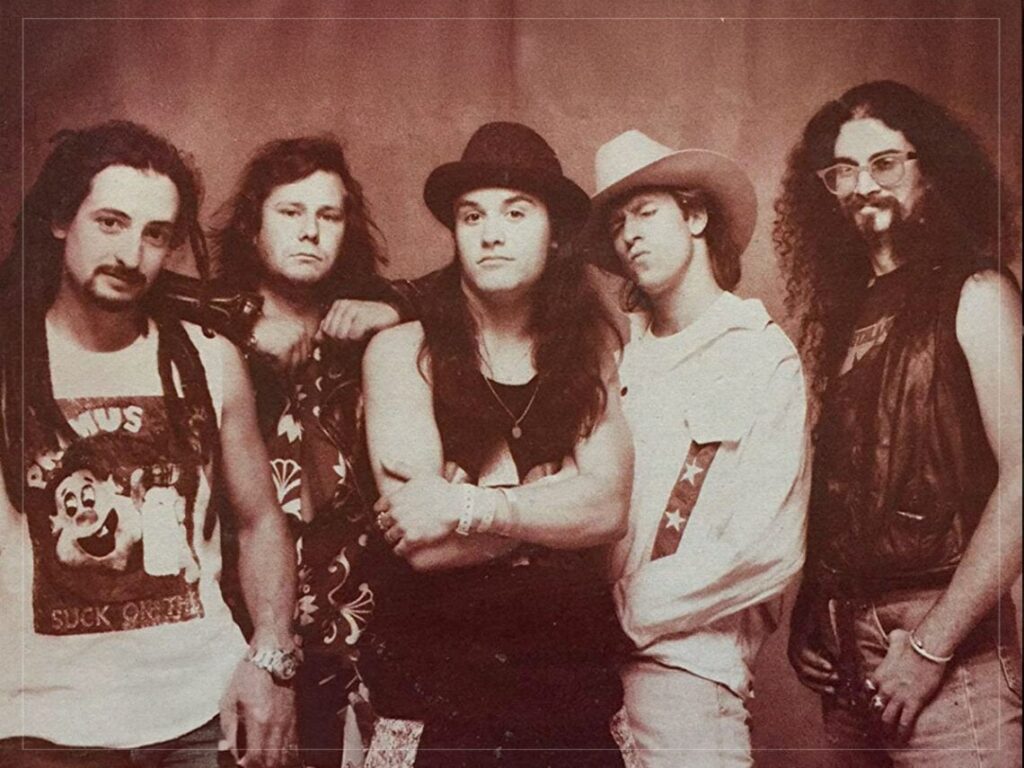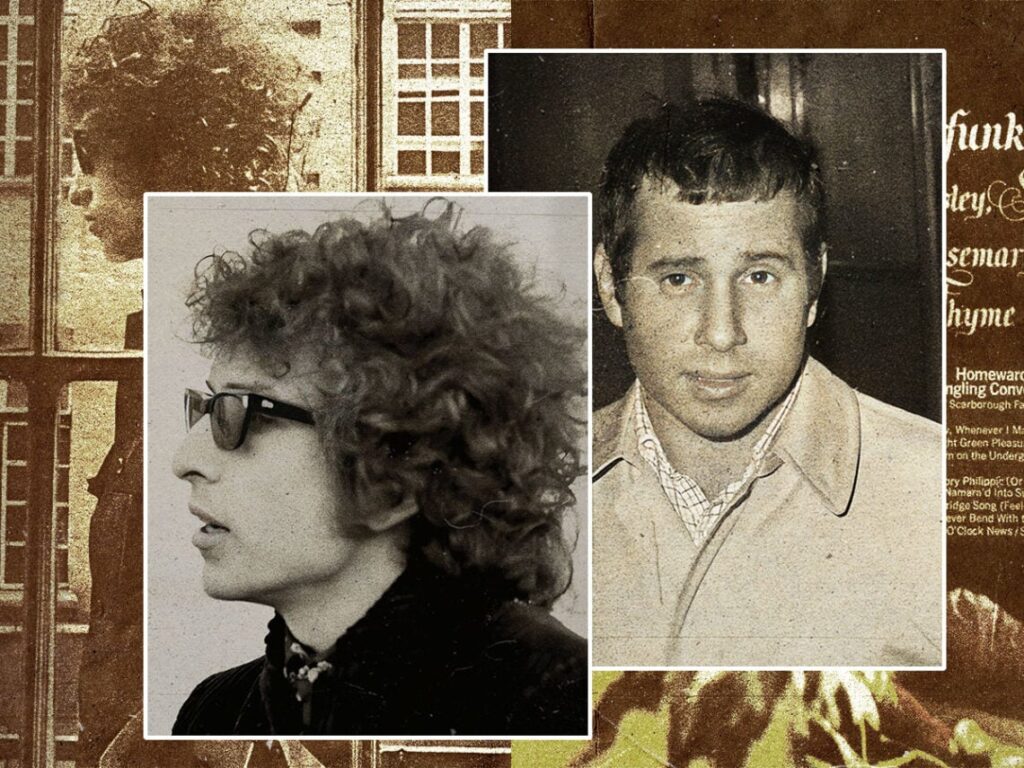“It’s not a souvenir of the past”: Sting explains why live music should be almost unrecognisable
 Posted On
Posted On
(Credits: Far Out / Last FM)
Most of us enjoy music in its recorded form, using it as a way to immerse ourselves and escape from the outside world. While we sometimes recognise the impact of live music in the moment, we often overlook how different and sometimes more profound live versions of great songs can be. After all, these live renditions can create a deeper and more meaningful connection to the music, but only when performed well. Fortunately, no one understands this more than Sting.
There are many reasons why live music can surpass recorded versions. Being in a room full of like-minded people creates an exciting atmosphere, while the music’s loud, pulsating vibrations can physically feel like it runs through your blood. The freedom to sing along with your favourite songs, wholly immersed in the moment and unaware of the inevitable aftermath, also adds to the experience.
Of course, not every live performance is worth your time, but the ones where the artist delivers with both talent and passion are absolutely unmatched. It’s the reason we forge solid connections with bands after seeing them live and embellish their ability to light up an entire room within the confines of the stage. It feels spontaneous even if it’s choreographed and is completely unforgettable and unique in ways that recordings just can’t capture.
Being a member of The Police, Sting understands this thoroughly. Beyond their globally cherished hits, The Police took live music to the next level with energetic and dynamic performances that could likely ignite hours-long adrenaline in the most nonchalant of attendees. Nothing proves this fact more than Sting’s first live album, 1985’s Bring On the Night, which included a mixture of his solo music and hits within The Police, spotlighting the effervescence of live music and connecting to audiences in real-time.
Granted, many of the album’s songs beckon a deeper level of connection because of the subject matter, particularly the ones selected from Sting’s solo work, but it also showcases the explosive nature of live music and the power of giving audiences something more than just replications of recorded versions of songs. In Sting’s view, live music is supposed to go above and beyond the basic expectations of the listening experience.
As a result, many of the songs on the album adopt a different demeanour from the original versions, some even appearing much more jazzy and cinematic than expected. Some concertgoers understandably find this jarring, particularly when their favourite songs appear almost unrecognisable from the version they know and love, but for Sting, this is necessary if you want to put on a good show. In his view, nothing captured this more than the album’s version of ‘We Work the Black Seam’.
When Billboard suggested this track is much more “superior” than the original during an interview in 1999, Sting said, “You’re right, and I don’t see any point in putting a live record out that’s only going to be a facsimile of what’s already been recorded.” Revealing his opinion on recorded versions versus live versions, he continued, “I think the original recorded version of a song is merely the blueprint, the starting point for an exploration. It’s not a souvenir of the past.”
He continues to carry this throughout his career, choosing to actively throw out the playbook every time he decides to take to the stage. “If I do another live record, I’ll again use the songs only as a framework because that’s the kind of musicians I use, people who like to improvise and can find new creative territory on another musical continent,” he shared. Most musicians receive backlash for being so bold, but not Sting; in his view and his audience’s, this is what makes him an artist who traverses ages. After all, he’s one of the few who truly understands what keeps music fresh and exciting, even as tastes continue to change.
[embedded content]
Related Topics


